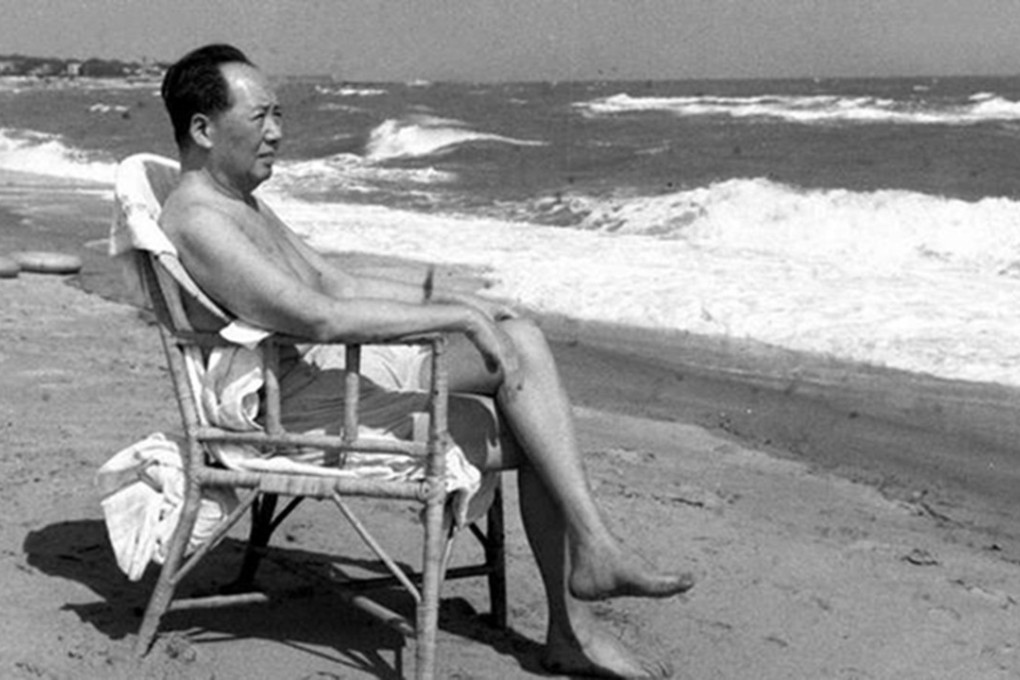Where China’s top leaders go in summer and in secret: a brief history of Beidaihe
Its role and scope have evolved through decades and leaders, but the gathering at the coastal town, which dates back to Mao, has remained closely guarded

When state radio reported on Wednesday that Premier Li Keqiang met United Nations General Assembly President Maria Fernanda Espinosa in Beidaihe, it was the clearest confirmation that the annual summer gathering of China’s most influential politicians was taking place at the northern Chinese seaside resort.
Despite no exact opening or closing or official agenda, the summer conclave – described variously as a “meeting” or “holiday” over the past six decades – has mirrored the changing landscape of China’s politics.
It was Chairman Mao Zedong, one of the key founders of the People’s Republic in 1949, who initiated senior party and government officials in Beijing to work at the famed seaside town of Beidaihe as early as 1953.
Instead of the capital, all crucial meetings in the summer were held in Beidaihe from then on. In August 1958, party elites headed by Mao made two key decisions during an expanded meeting of the party’s Politburo held in the resort: building people’s communes in rural areas across the nation and the cannon bombardment of Quemoy, the Taiwan-controlled offshore island, also called Kinmen.

The closed-door meetings were suspended for nearly two decades in the aftermath of the outbreak of the notorious Cultural Revolution in 1966.
